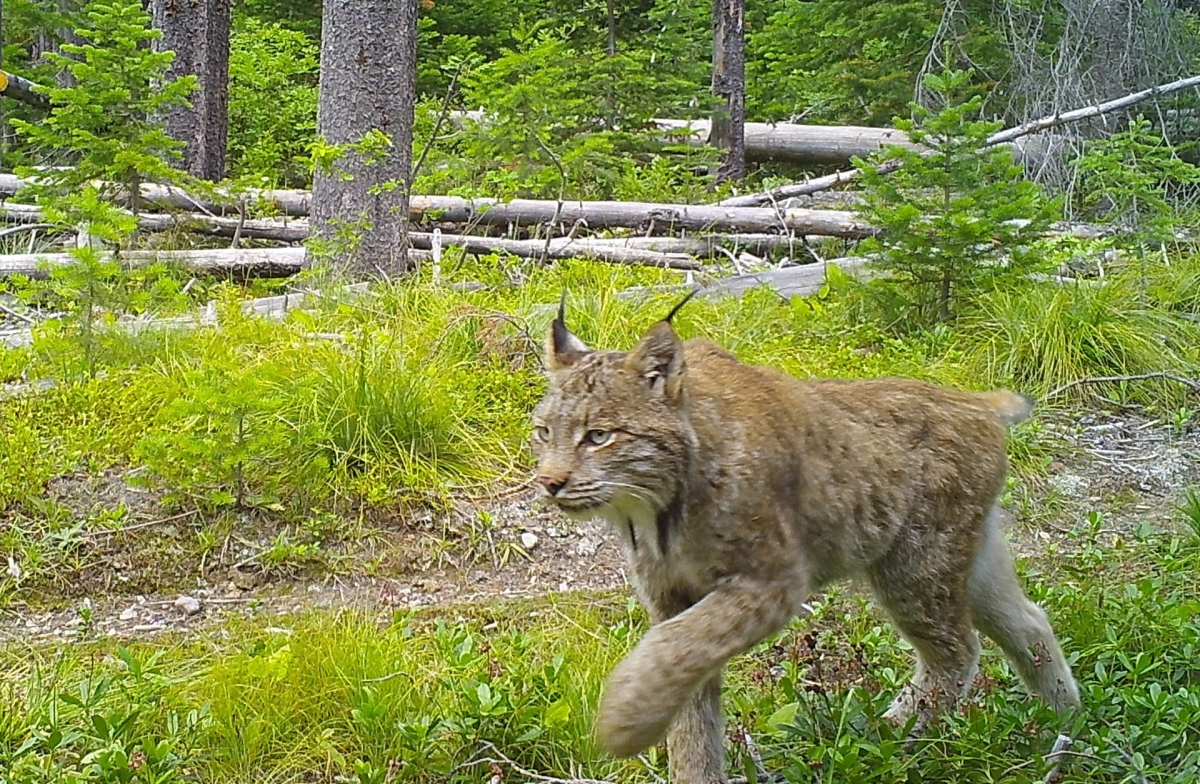A study published earlier this month by Daniel Thornton, school of the environment associate professor and Dennis Murray of Trent University has found that Canada lynx have historically been more widely distributed across the US than what past research has found.
Dealing with and constructing the historic ranges of species does not necessarily allow for specific numbers of species populations but rather allows for further knowledge on how and where species are distributed overall, Thornton said.
“This isn’t just an important aspect for lynx but for a lot of species,” he said. “Conservation science is a pretty young field and our understanding of a lot of species has sort of been biased by the fact that we’re only seeing and studying them now when a lot of change has already occurred.”
Historical range studies also help rectify the occurrence of the “shifting baseline syndrome” in ecological studies, he said.
“[This] is where your understanding of what the baseline is is based on what you’re doing now and we tend to forget about what things would have been like in the past and so historic range construction is something that I think is sort of becoming more prevalent,” he said.
This research, funded by the McIntire-Stennis USDA program, specifically focused on Canada lynx to further understand their endangered status in the US, especially in Washington, Thornton said. Past pushes to remove lynx from the Endangered Species Act list also spurred this research.
“One of the things that came up in that whole discussion was that there was a lot of uncertainty around what the historic range of lynx was in the US, and that’s important because if the range was a lot larger and there’s been a lot of contractions, that suggests something different about their status,” he said.
For other species whose endangered status also comes under debate and concern, historical range studies may also be of help. This can especially be helpful in understanding areas that may be outside of where people usually monitor and study, said Lisay Shipley, School of the Environment professor.
“You’re going to have a lot more points close to where people are walking around than places way up in the wilderness, and so even if [species] may be way up the wilderness, we don’t get as many reference points,” she said. “This is really powerful because there’s not enough of us and enough money to go out and do big projects…so we use what has been established and confirmed that this was a sighting or a place where they were [and] can take advantage of that.”
As this kind of study relies on historical data, this can cause difficulties and uncertainties when past information is inaccurate or incomplete, he said. This understanding influenced the study’s modeling approach.
“We can develop a model for the broad environmental characteristics that lynx like and then project that into the past to see what areas would have been good for lynx in the past, and in this case we chose kind of 1900 as our starting point,” he said. “Then we can overlay observations we have of lynx outside of their normal range limit on top of that and see if they match, and that’s kind of what we did, and we found pretty good agreement between those two which suggested that the historic range was likely a lot bigger.”
Findings like these can be viewed as starting points for species conservation and recovery efforts and show the need for this issue to receive more attention and consideration. This can also guide those who wish to recover species by encouraging them to do so in accordance with their historic range, Thornton said.
The findings of these studies may even be used to help those who work with and manage land pinpoint vulnerable areas, Shipley said.
“[They] can say these are places that should have some kind of protection because they’re probably places that [species] will need in the future,” she said.
These studies can also include variables on what may affect the survival of vulnerable species, such as prey populations, and provide further understanding on that as well, Shipley said. Climate change in particular is an increasingly important variable to study as the need to manage its effects becomes more pressing
“As far as conservation efforts, it lets us think about what’s going to happen,” she said. “This kind of a project doesn’t give us solutions to global warming but it lets us know [that] something’s going to happen if we don’t do anything, and even if we do try, some of this could happen…it’s basically kind of a wake-up call.”
By forward projecting their model, the study also found that the effects of climate change and global warming will gradually decrease the amount of areas suitable for lynx, Thornton said. However, other findings from the study may provide further understanding on areas for lynx that will likely persist.
“We found that some areas that remain resilient for lynx in the future that will still have suitable broad climatic environmental variables for them, some of those areas are actually outside of the current range limit but within what we modeled as the historic range,” he said. “So we suggest that those are areas that should potentially be looked at in terms of other areas that could aid in recovery and persistence of lynx.”












